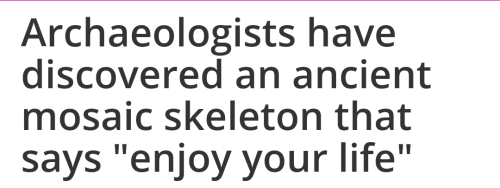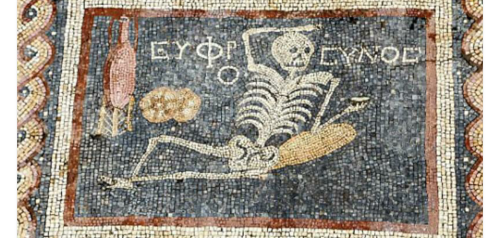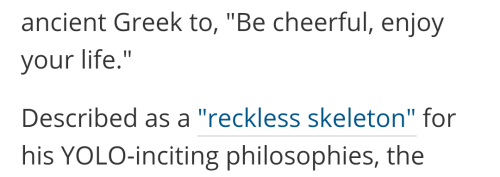Did You Know That Octopi Have Three Hearts And Nine Brains? They’re Very Efficient And Clever And This

did you know that octopi have three hearts and nine brains? They’re very efficient and clever and this one is very cute.
just woke up from one hell of a nightmare i need a distraction…
More Posts from In-pursuit-of-knowledge-blog and Others


“What’s bigger than this?” Crystal Kingdom edit for @stainedglassthreads

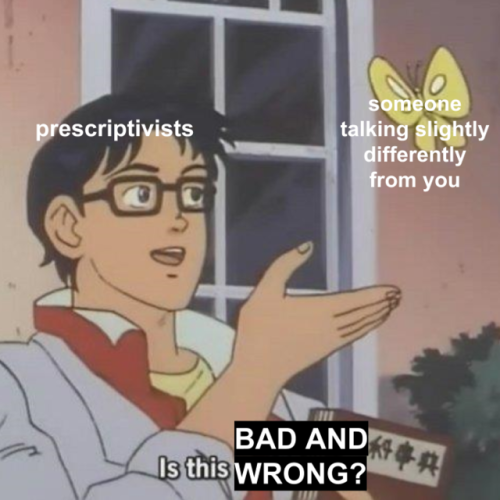

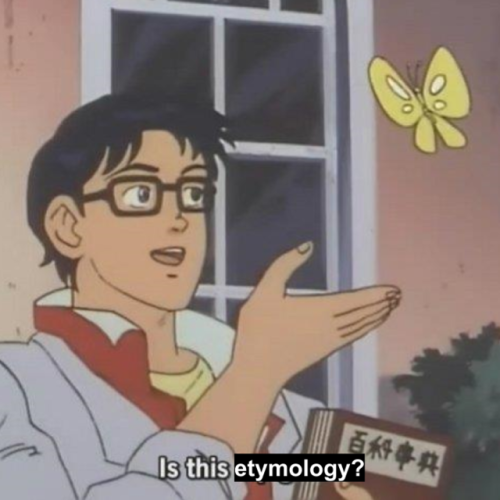
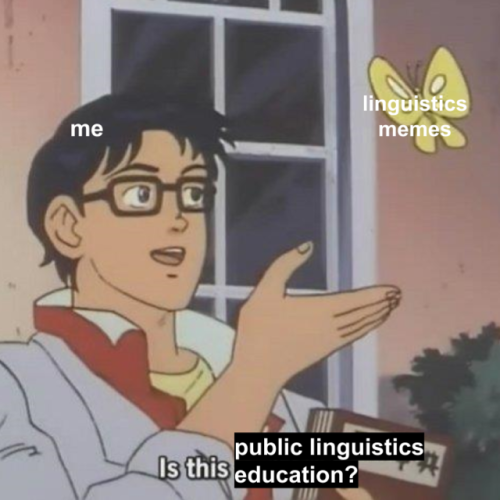
Linguistics takes on the “Is this a pigeon” meme.
:) <o) ( <- watermelon bagel, which catches the drips of watermelon juice so they don’t get on any important mineralogy notes)
Also being a scientist pretty much gives you a free pass to be as eccentric as you want like you’ll be at a conference and it’s like “is that guy wearing socks and sandals and plaid pants???” “Ya but he was on the team that discovered gravitational waves let him be”
The Hunt for New Worlds Continues with TESS
We’re getting ready to start our next mission to find new worlds! The Transiting Exoplanet Survey Satellite (TESS) will find thousands of planets beyond our solar system for us to study in more detail. It’s preparing to launch from our Kennedy Space Center at Cape Canaveral in Florida.

Once it launches, TESS will look for new planets that orbit bright stars relatively close to Earth. We’re expecting to find giant planets, like Jupiter, but we’re also predicting we’ll find Earth-sized planets. Most of those planets will be within 300 light-years of Earth, which will make follow-up studies easier for other observatories.

TESS will find these new exoplanets by looking for their transits. A transit is a temporary dip in a star’s brightness that happens with predictable timing when a planet crosses between us and the star. The information we get from transits can tell us about the size of the planet relative to the size of its star. We’ve found nearly 3,000 planets using the transit method, many with our Kepler space telescope. That’s over 75% of all the exoplanets we’ve found so far!

TESS will look at nearly the entire sky (about 85%) over two years. The mission divides the sky into 26 sectors. TESS will look at 13 of them in the southern sky during its first year before scanning the northern sky the year after.

What makes TESS different from the other planet-hunting missions that have come before it? The Kepler mission (yellow) looked continually at one small patch of sky, spotting dim stars and their planets that are between 300 and 3,000 light-years away. TESS (blue) will look at almost the whole sky in sections, finding bright stars and their planets that are between 30 and 300 light-years away.

TESS will also have a brand new kind of orbit (visualized below). Once it reaches its final trajectory, TESS will finish one pass around Earth every 13.7 days (blue), which is half the time it takes for the Moon (gray) to orbit. This position maximizes the amount of time TESS can stare at each sector, and the satellite will transmit its data back to us each time its orbit takes it closest to Earth (orange).

Kepler’s goal was to figure out how common Earth-size planets might be. TESS’s mission is to find exoplanets around bright, nearby stars so future missions, like our James Webb Space Telescope, and ground-based observatories can learn what they’re made of and potentially even study their atmospheres. TESS will provide a catalog of thousands of new subjects for us to learn about and explore.

The TESS mission is led by MIT and came together with the help of many different partners. Learn more about TESS and how it will further our knowledge of exoplanets, or check out some more awesome images and videos of the spacecraft. And stay tuned for more exciting TESS news as the spacecraft launches!
Watch the Launch + More!

Sunday, April 15 11 a.m. EDT - NASA Social Mission Overview
Join mission experts to learn more about TESS, how it will search for worlds beyond our solar system and what scientists hope to find! Have questions? Use #askNASA to have them answered live during the broadcast.
Watch HERE.
1 p.m. EDT - Prelaunch News Conference
Get an update on the spacecraft, the rocket and the liftoff operations ahead of the April 16 launch! Have questions? Use #askNASA to have them answered live during the broadcast.
Watch HERE.
3 p.m. EDT - Science News Conference
Hear from mission scientists and experts about the science behind the TESS mission. Have questions? Use #askNASA to have them answered live during the broadcast.
Watch HERE.
4 p.m. EDT - TESS Facebook Live
This live show will dive into the science behind the TESS spacecraft, explain how we search for planets outside our solar system and will allow you to ask your questions to members of the TESS team.
Watch HERE.
Monday, April 16 10 a.m. EDT - NASA EDGE: TESS Facebook Live
This half-hour live show will discuss the TESS spacecraft, the science of searching for planets outside our solar system, and the launch from Cape Canaveral.
Watch HERE.
1 p.m. EDT - Reddit AMA
Join us live on Reddit for a Science AMA to discuss the hunt for exoplanets and the upcoming launch of TESS!
Join in HERE.
6 p.m. EDT - Launch Coverage!
TESS is slated to launch at 6:32 p.m. EDT on a SpaceX Falcon 9 rocket from our Kennedy Space Center in Florida.
Watch HERE.
Make sure to follow us on Tumblr for your regular dose of space: http://nasa.tumblr.com
I said I was sorry.
I may be awkward sometimes But
at least i did not say “neat”

Cotton Rat Skull
My first rat skull, found it in Florida all dried up next to our condo. Judging by the fur color, fur texture, and S shaped molars I THINK its a hispid cotton rat. There were a few of these little guys running around and they didn’t look like normal rats to me. But idk, there’s really no way for me to tell for certain just by skull measurements. I’m not quite that good at bone identification yet.
What is your favorite deep ocean fish?
It’s impossible to choose because there are so many great ones! Here are a few:

deep sea anglerfish

barreleye fish

ghost shark
-
 in-pursuit-of-knowledge-blog reblogged this · 7 years ago
in-pursuit-of-knowledge-blog reblogged this · 7 years ago -
 corvus69 liked this · 7 years ago
corvus69 liked this · 7 years ago -
 in-pursuit-of-knowledge-blog reblogged this · 7 years ago
in-pursuit-of-knowledge-blog reblogged this · 7 years ago -
 in-pursuit-of-knowledge-blog reblogged this · 7 years ago
in-pursuit-of-knowledge-blog reblogged this · 7 years ago -
 in-pursuit-of-knowledge-blog liked this · 7 years ago
in-pursuit-of-knowledge-blog liked this · 7 years ago -
 oddblonde21 liked this · 7 years ago
oddblonde21 liked this · 7 years ago -
 in-pursuit-of-knowledge-blog reblogged this · 7 years ago
in-pursuit-of-knowledge-blog reblogged this · 7 years ago
Once I was made of stardust. Now I am made of flesh and I can experience our agreed-upon reality and said reality is exciting and beautiful and terrifying and full of interesting things to compile on a blog! / 27 / ENTP / they-them / Divination Wizard / B.E.y.O.N.D. department of Research and Development / scientist / science enthusiast / [fantasyd20 character]
162 posts

